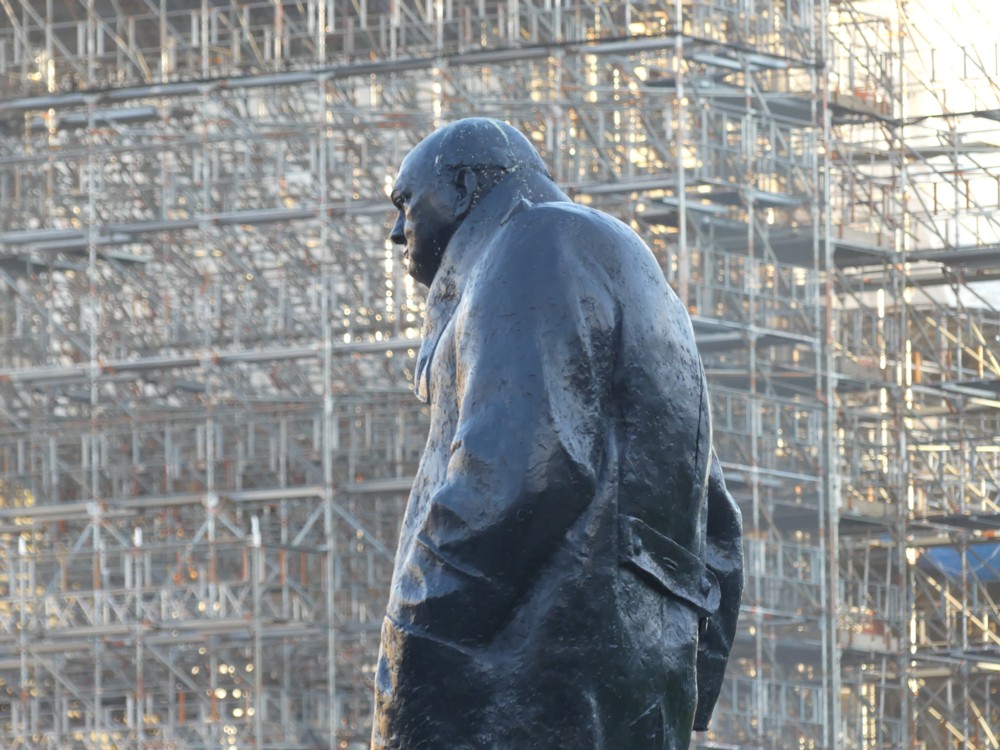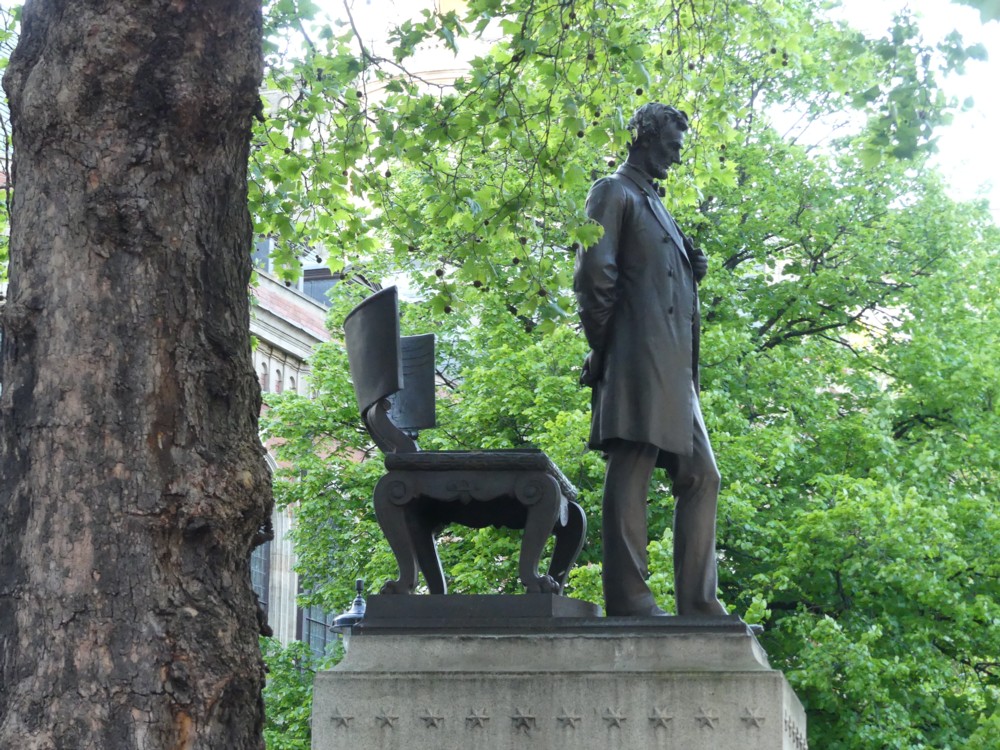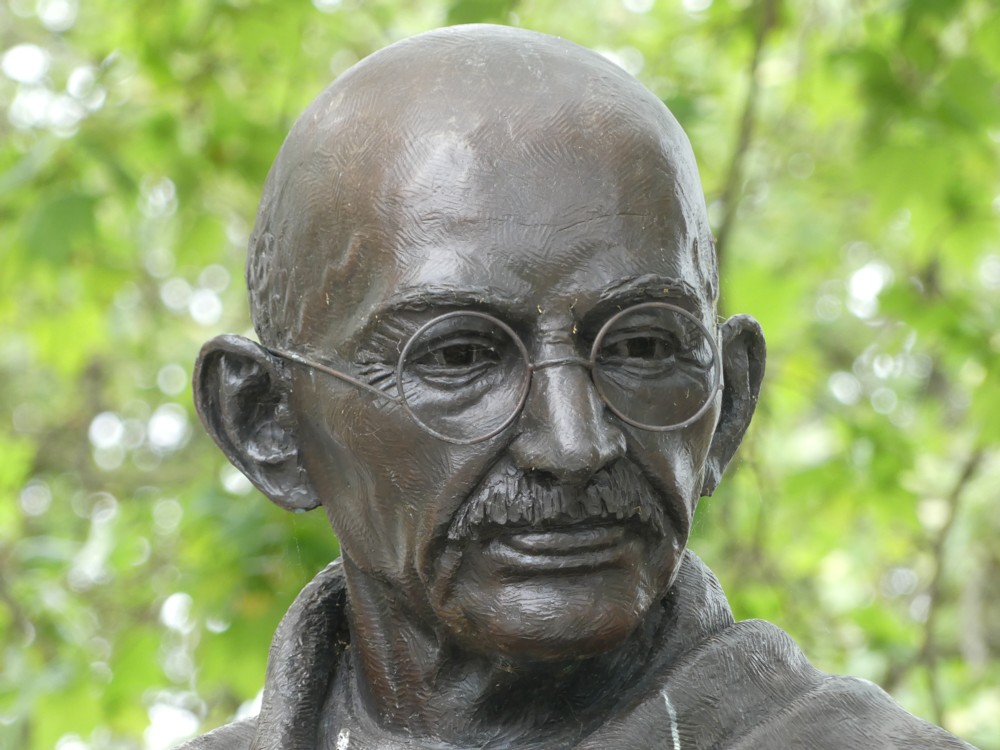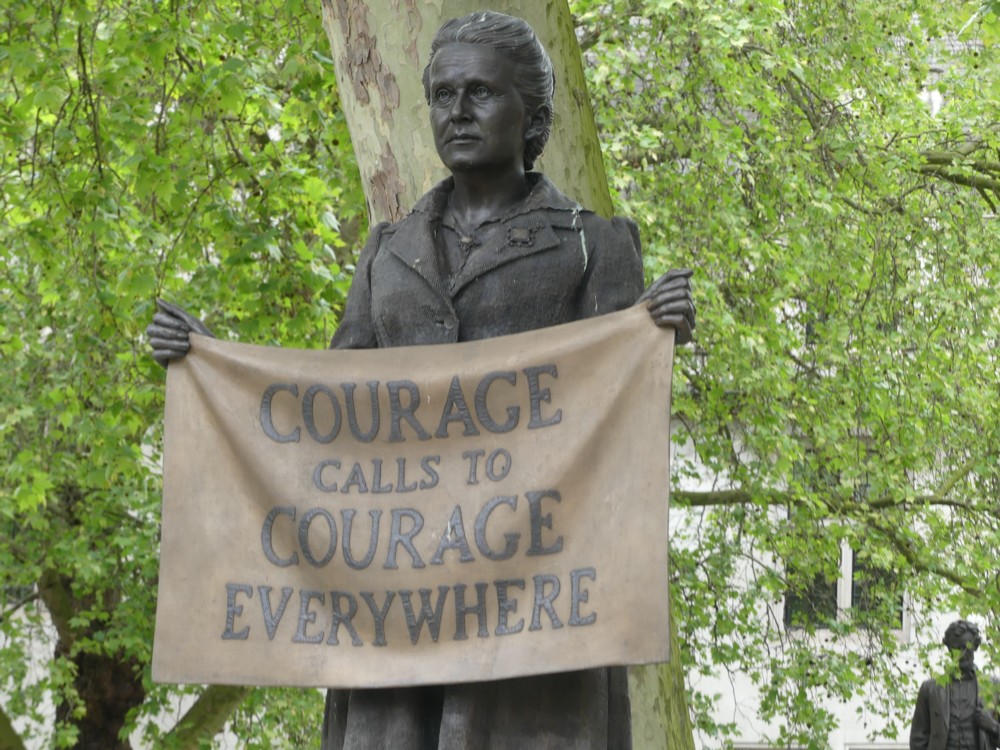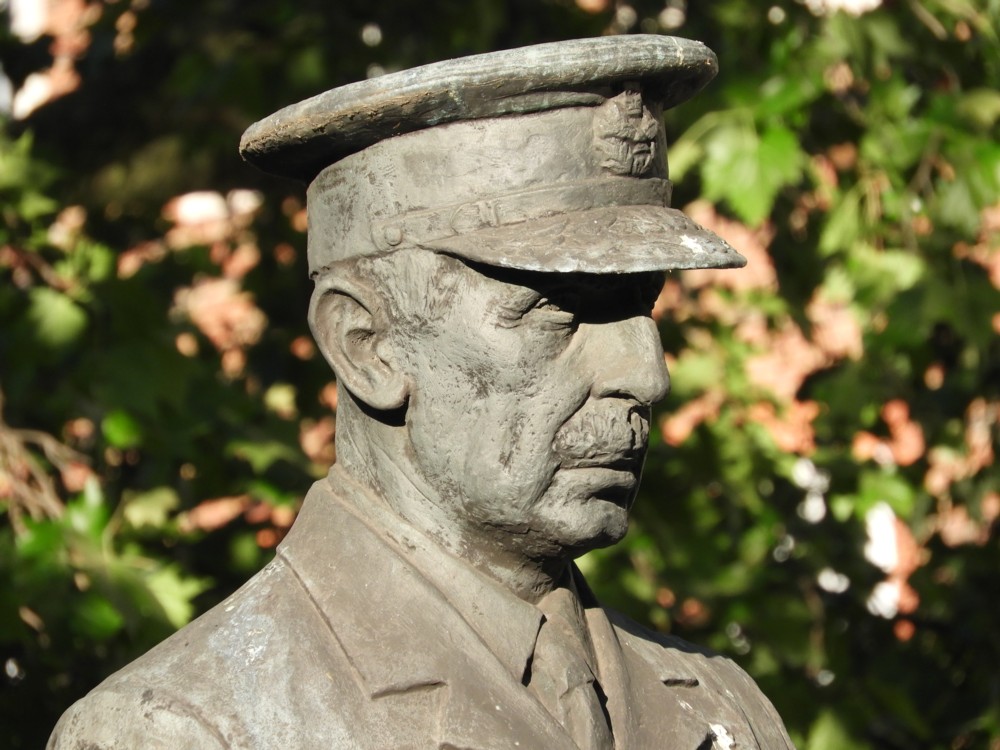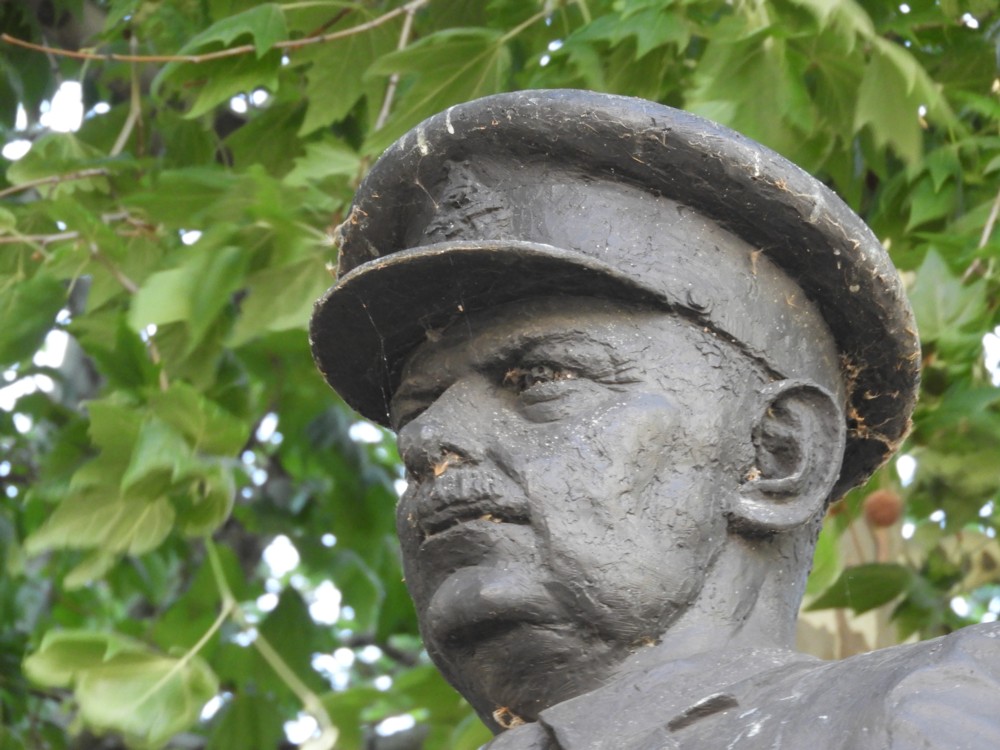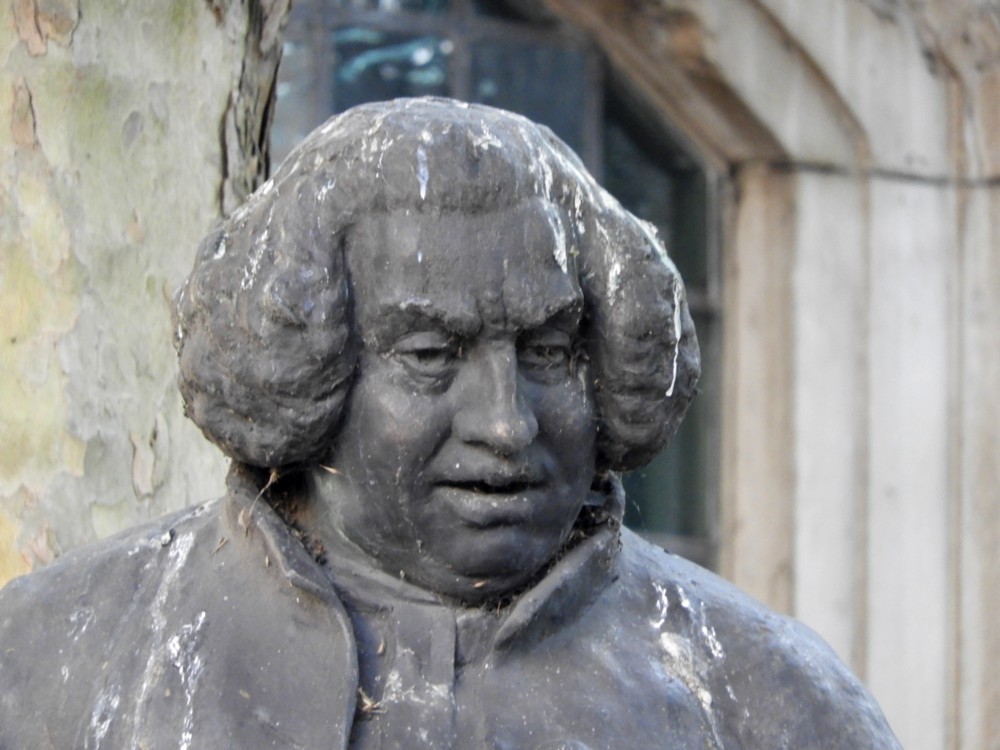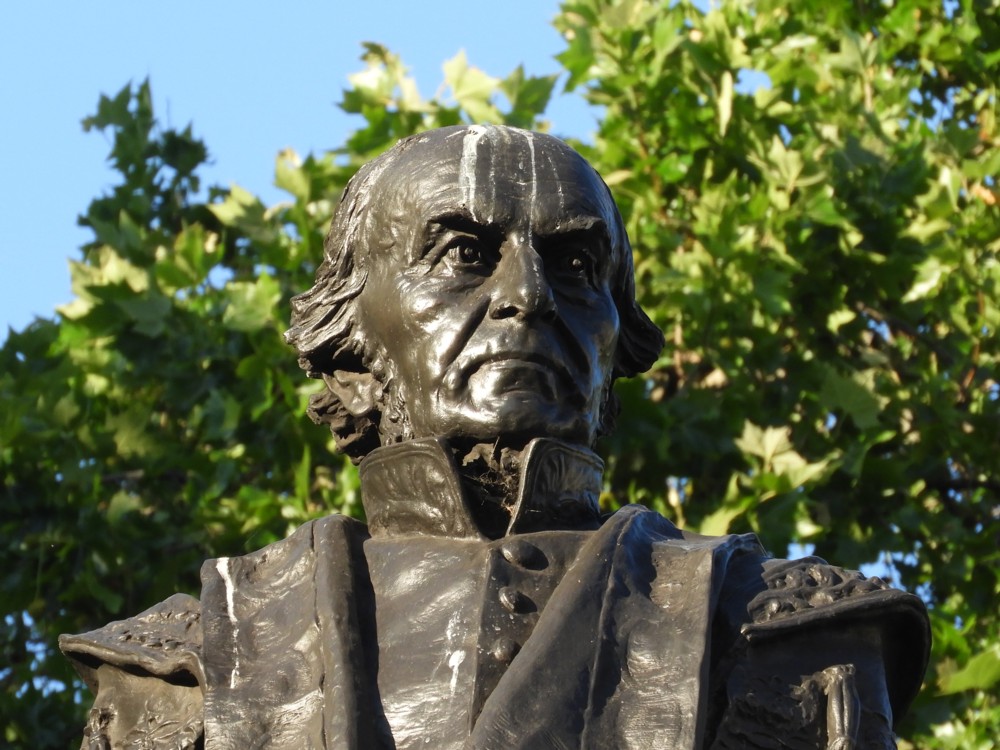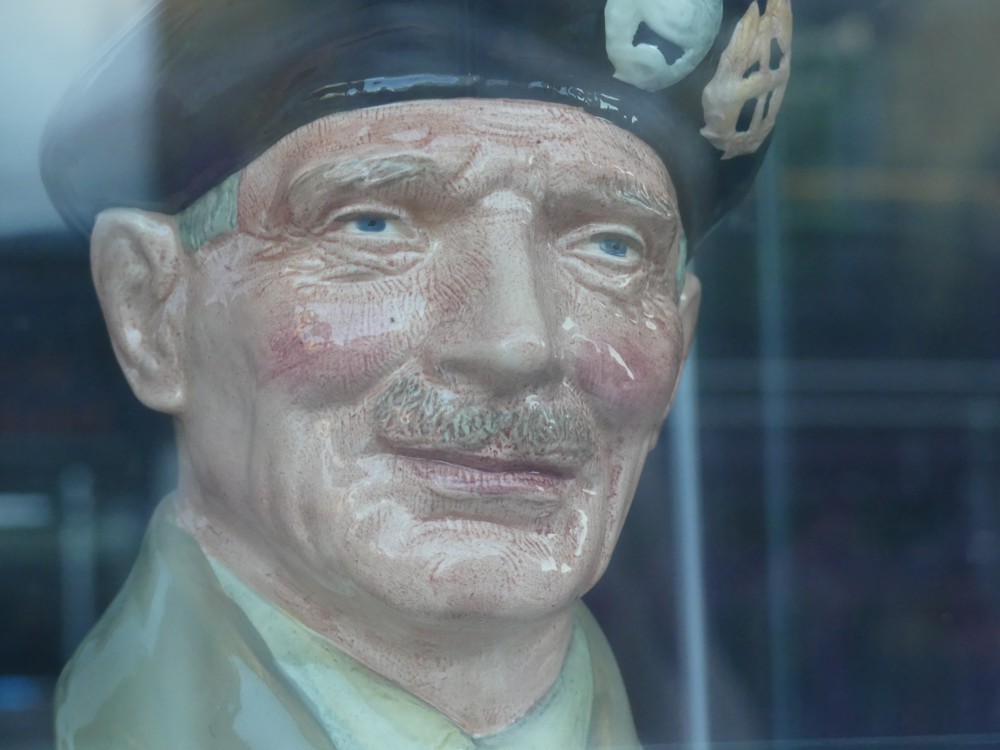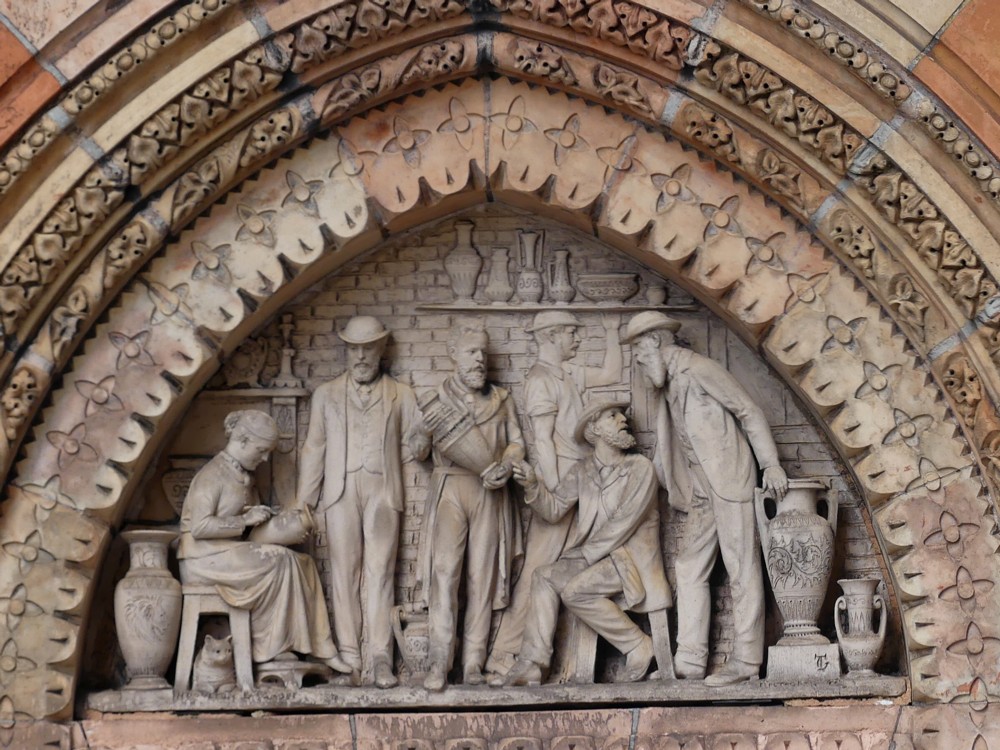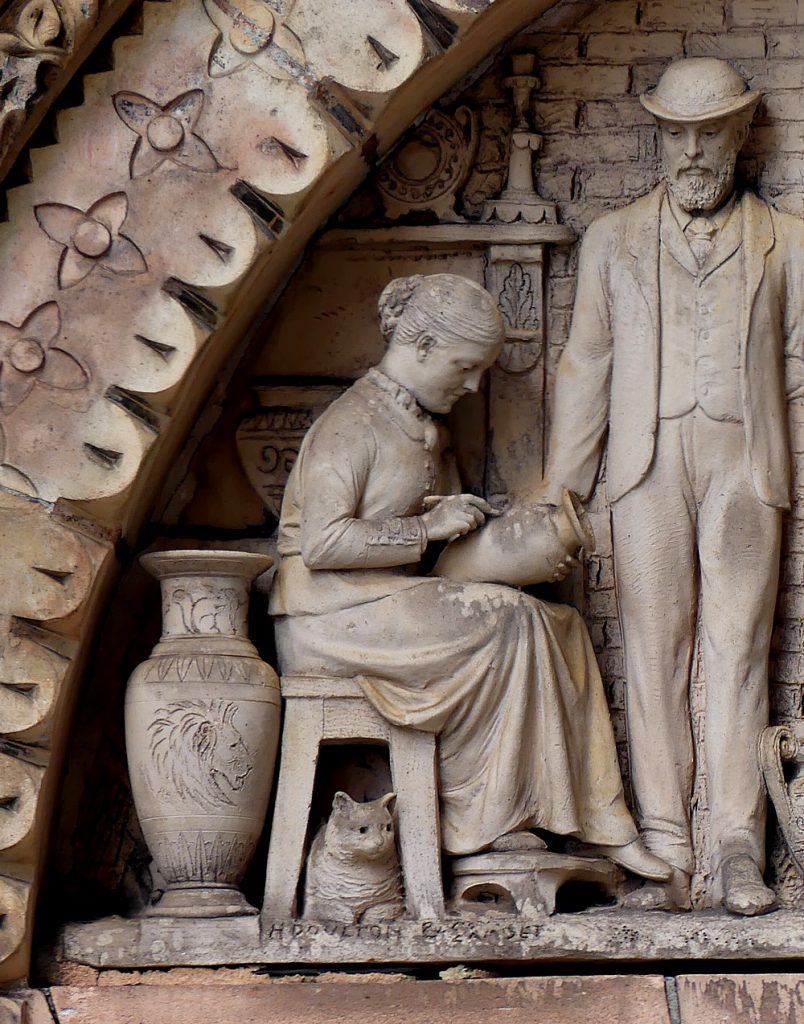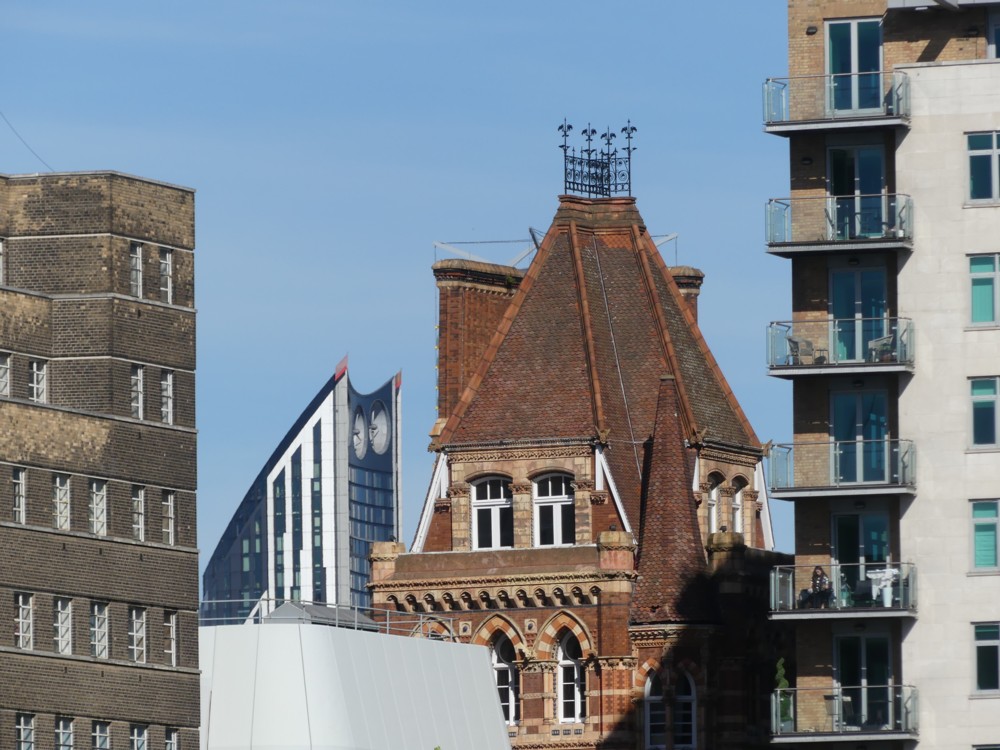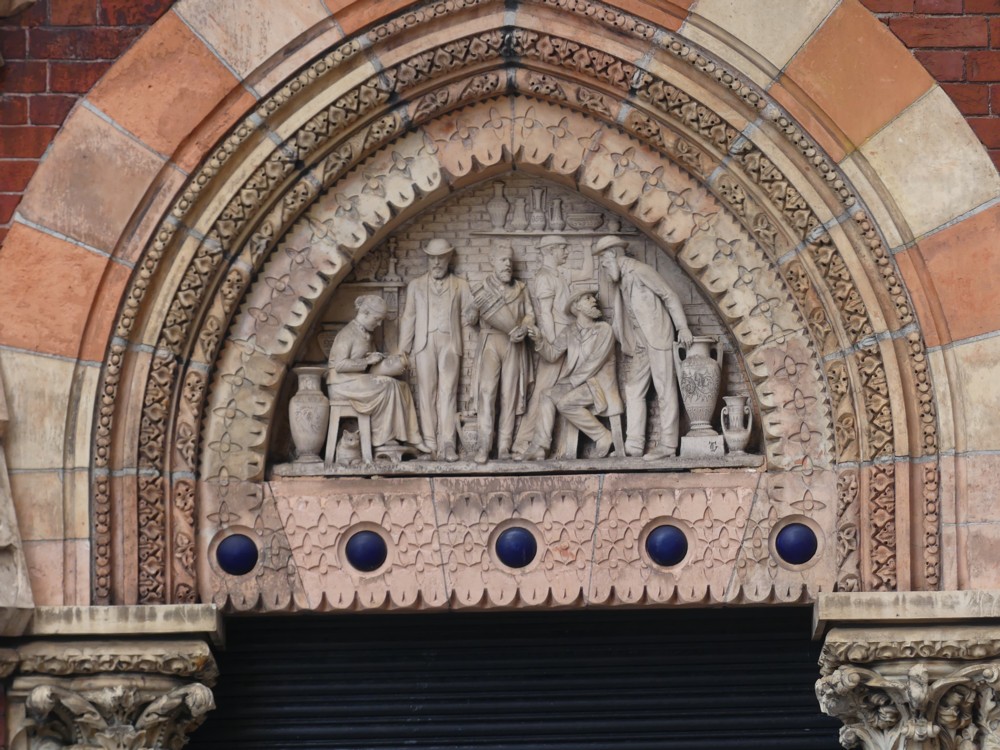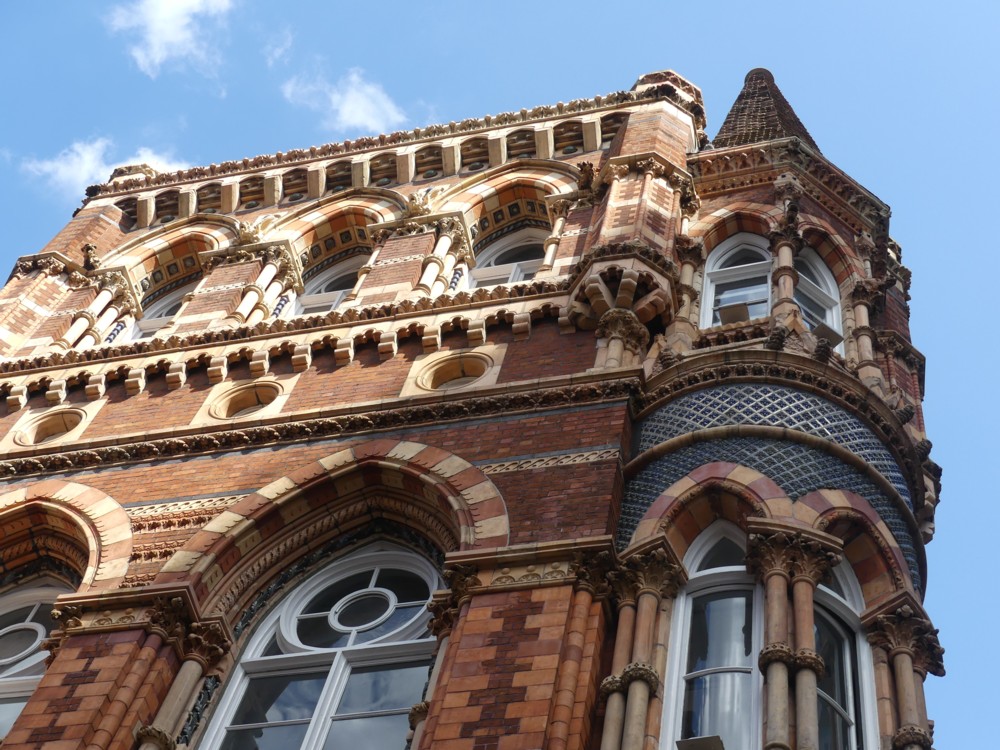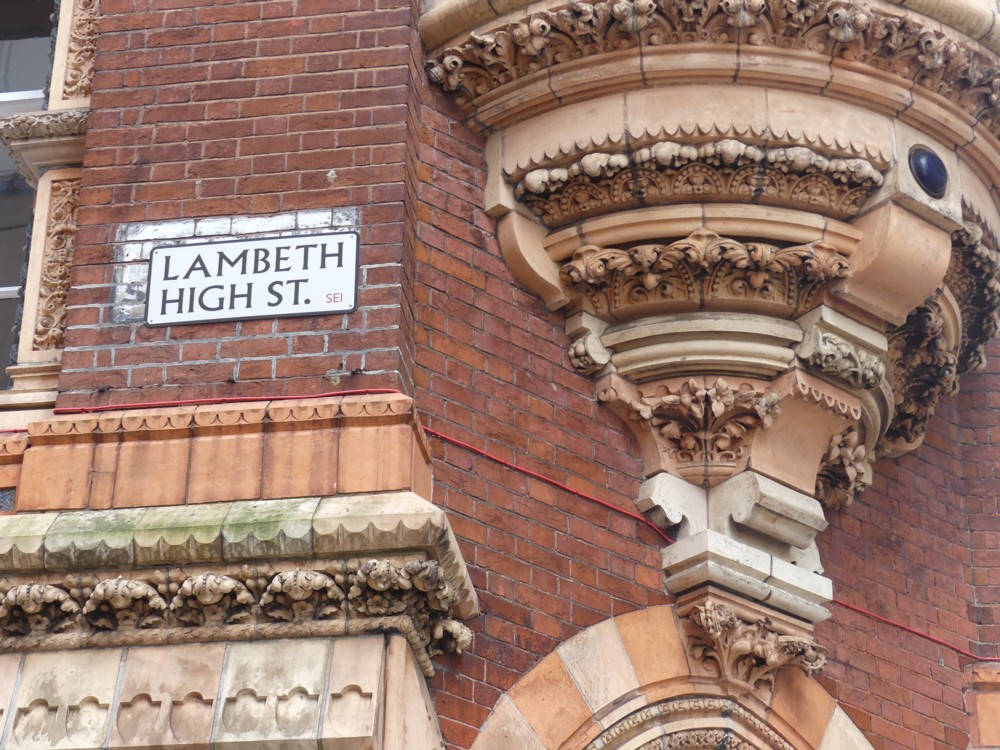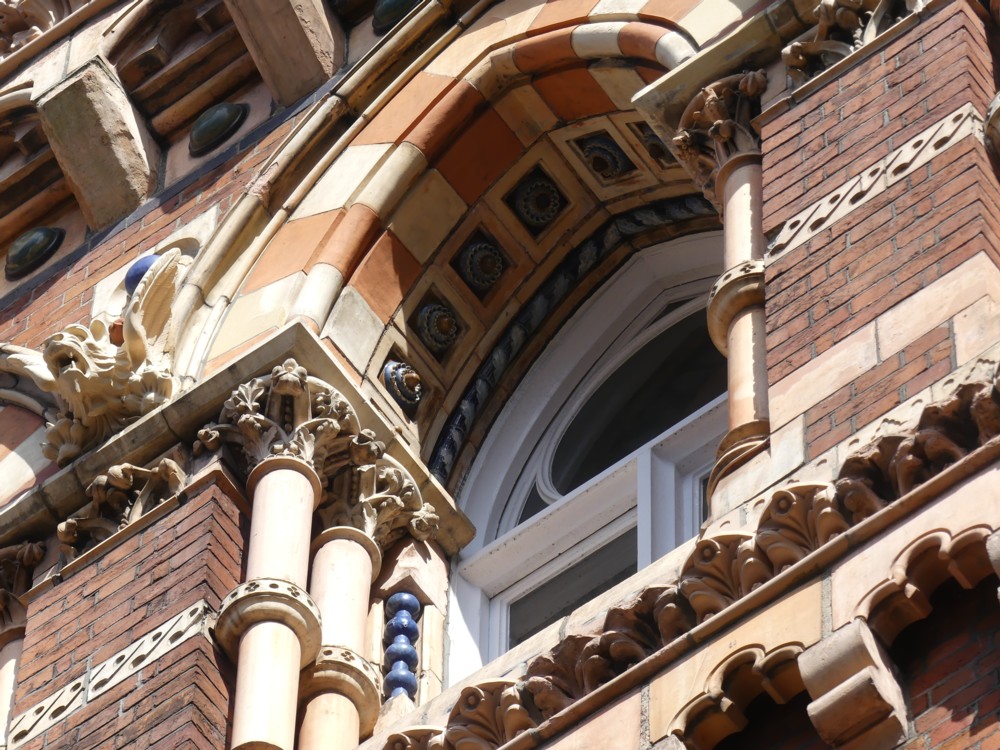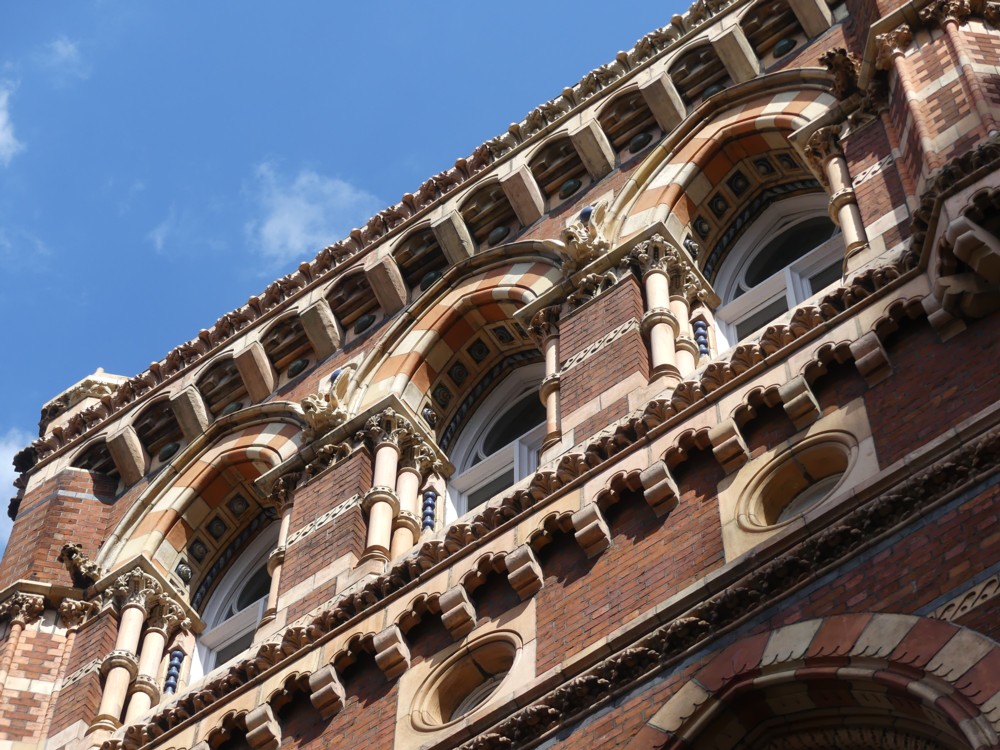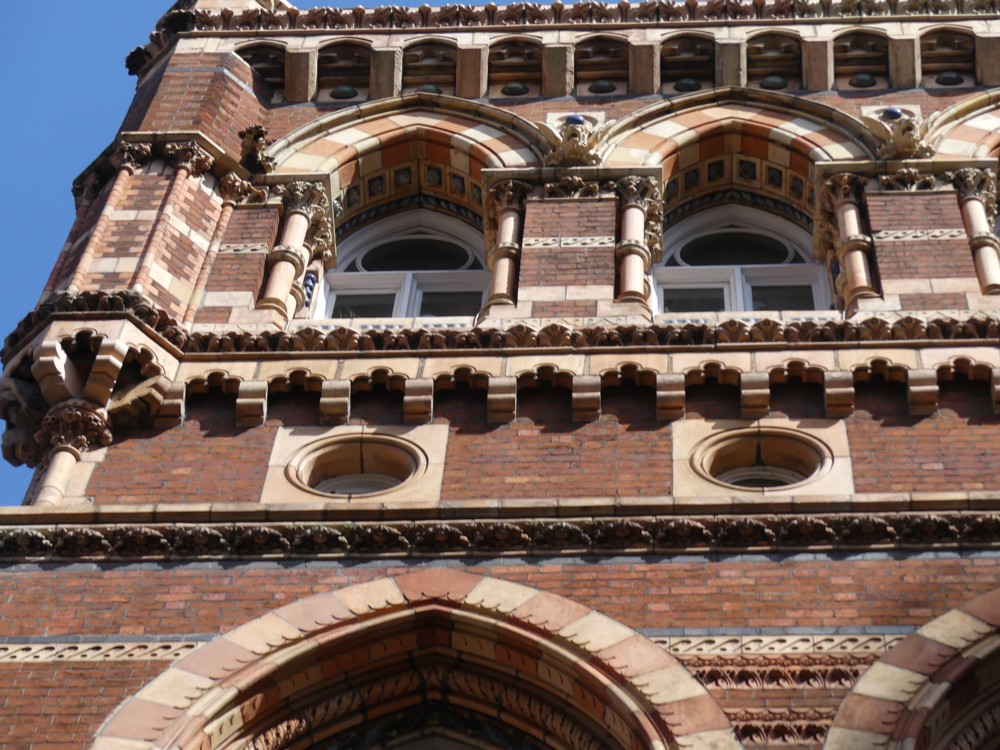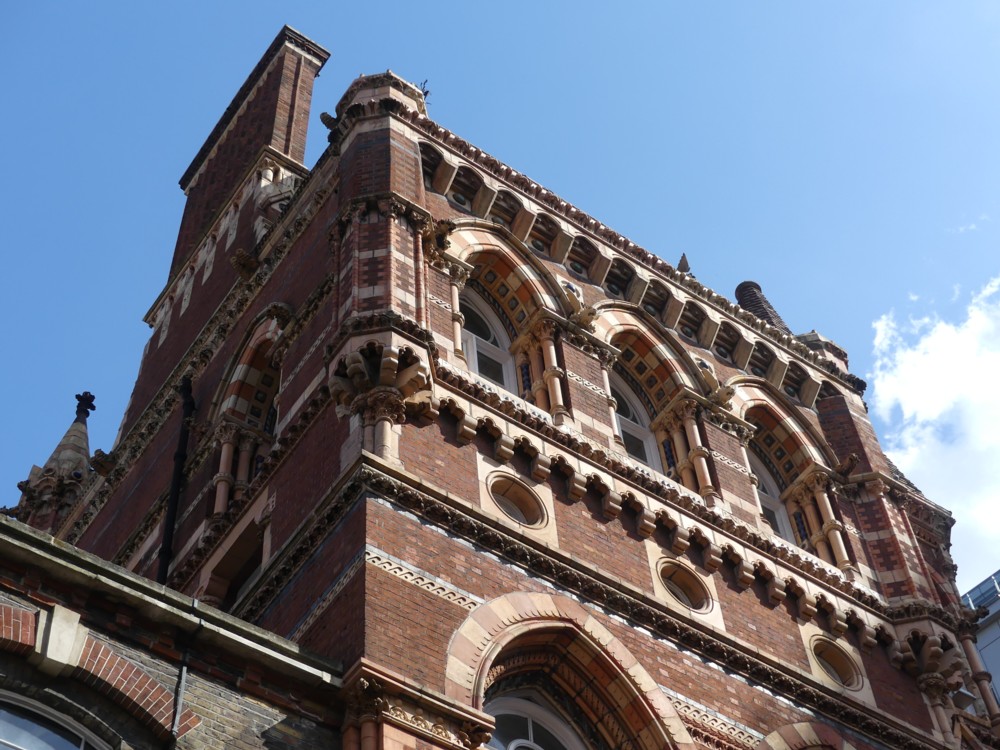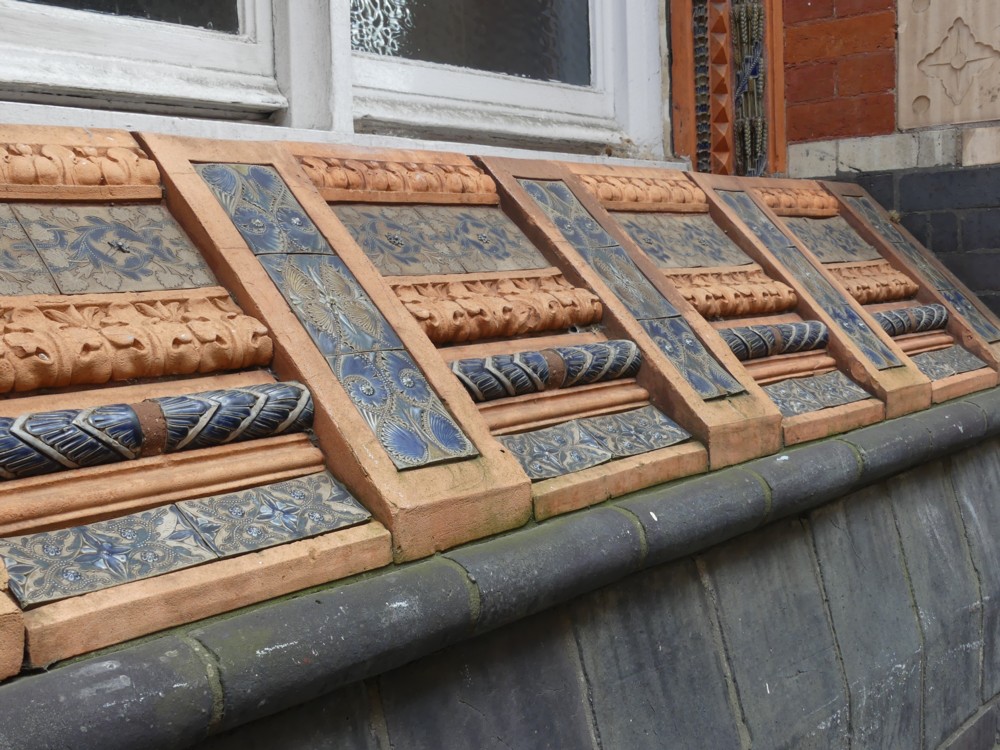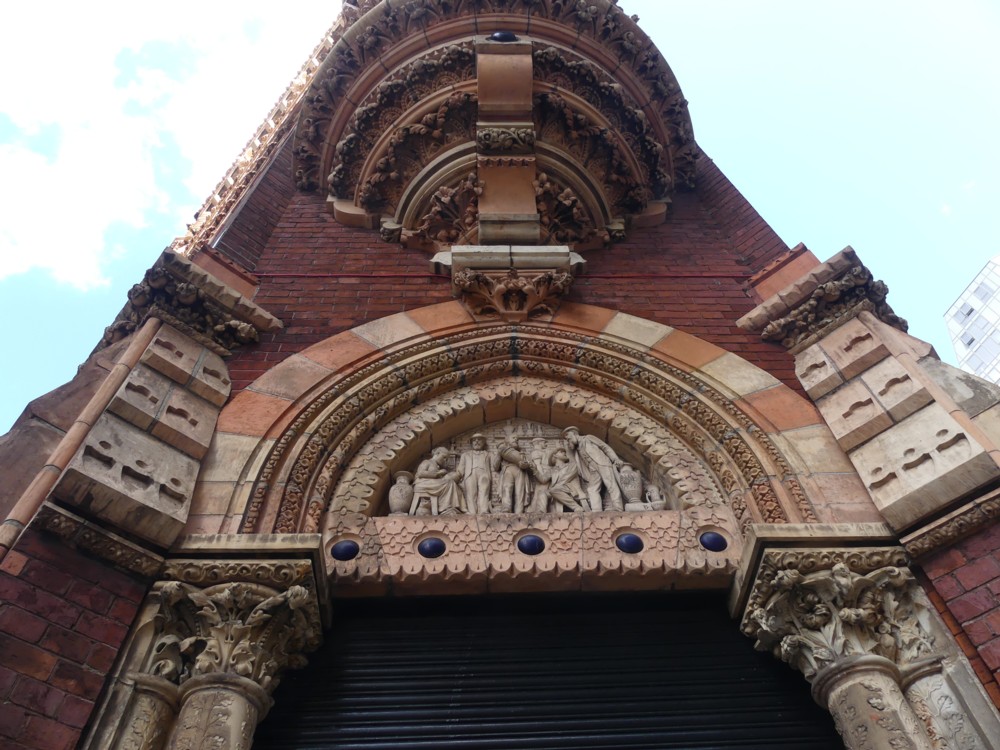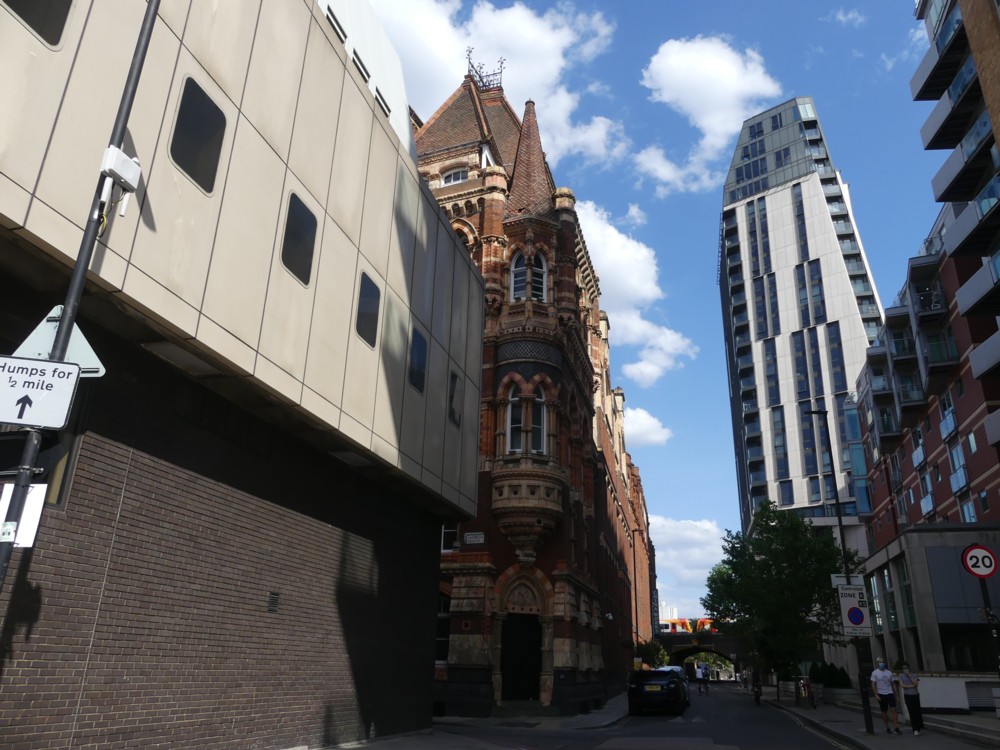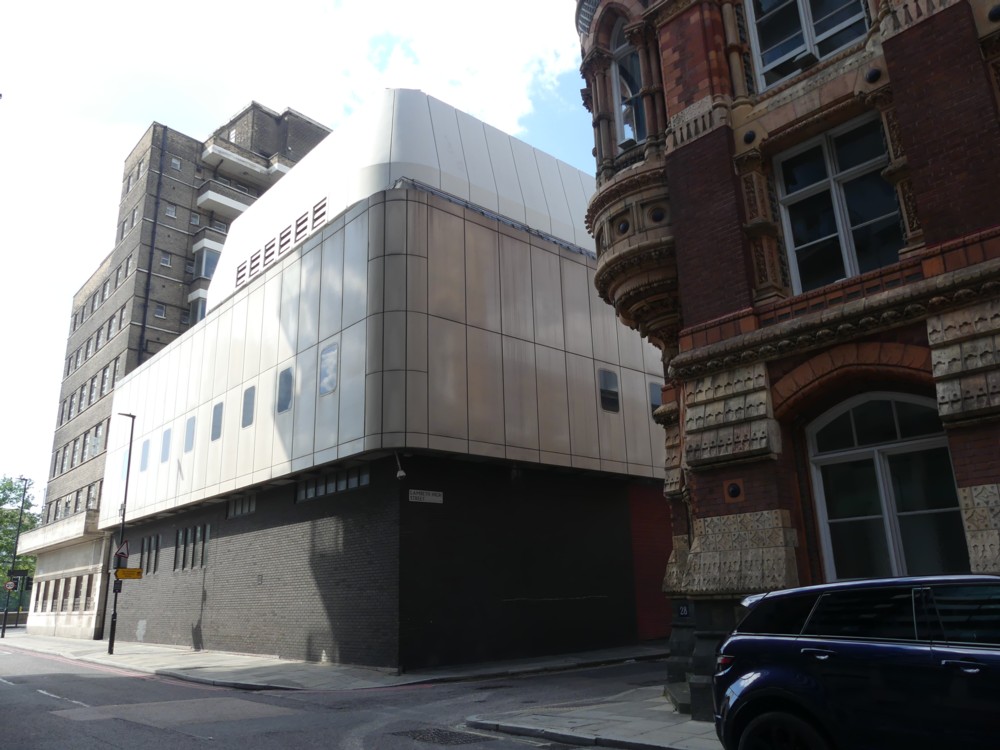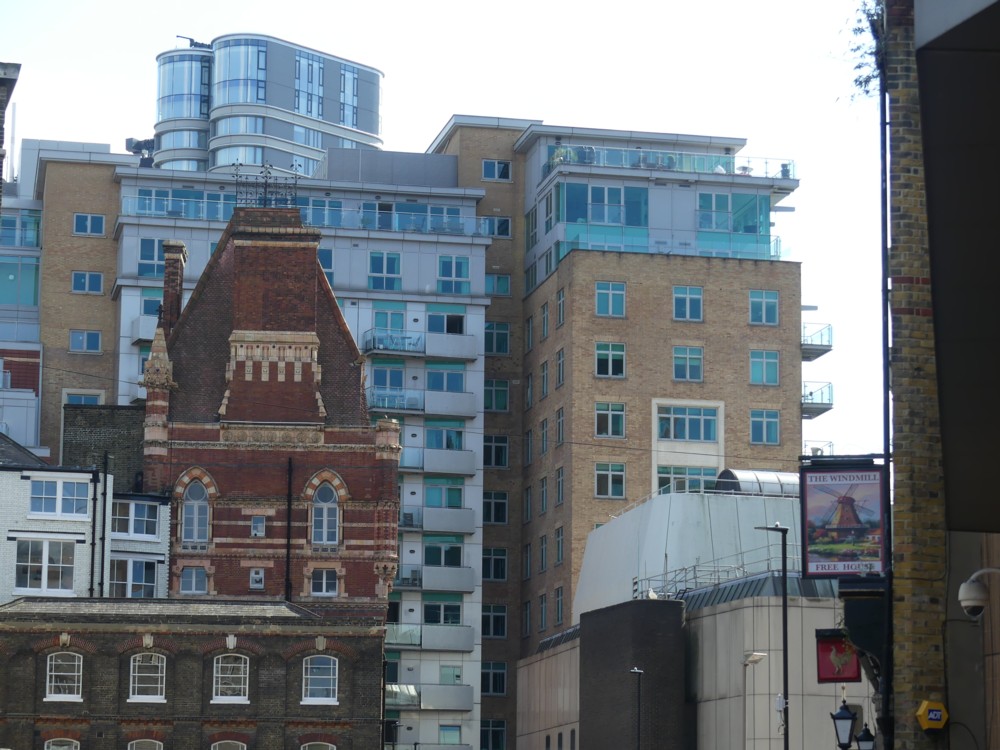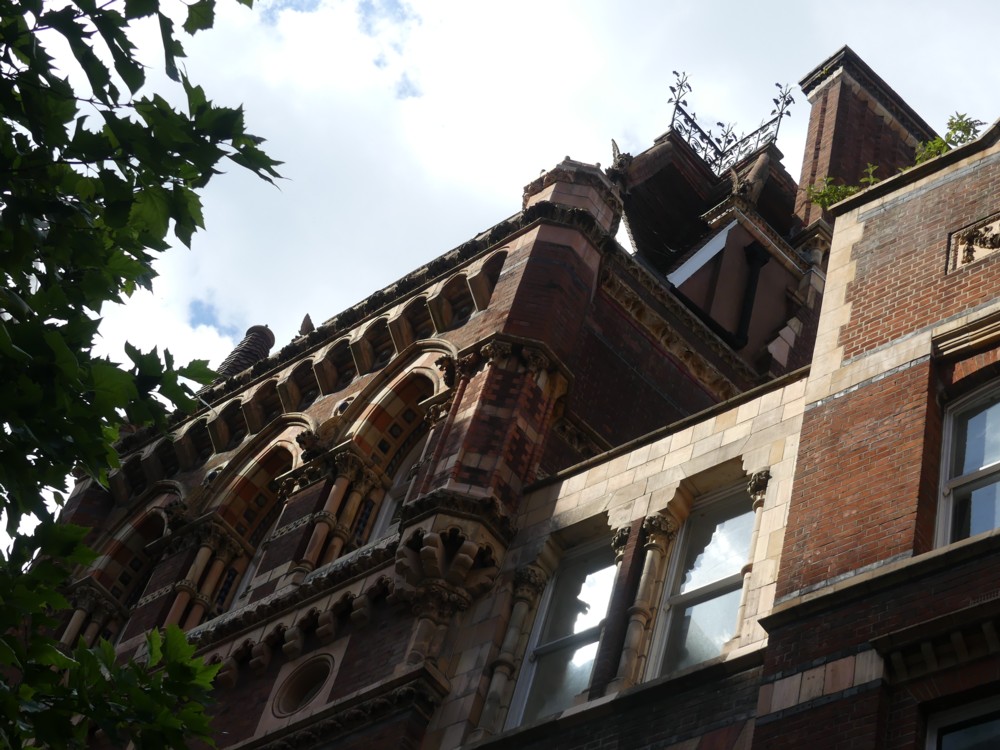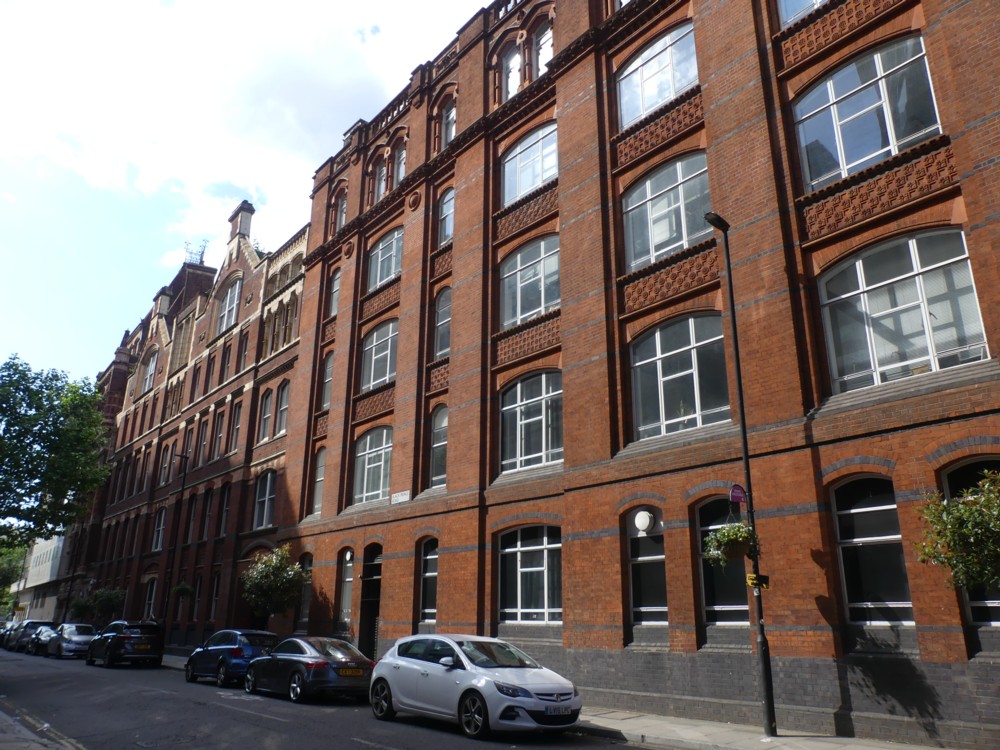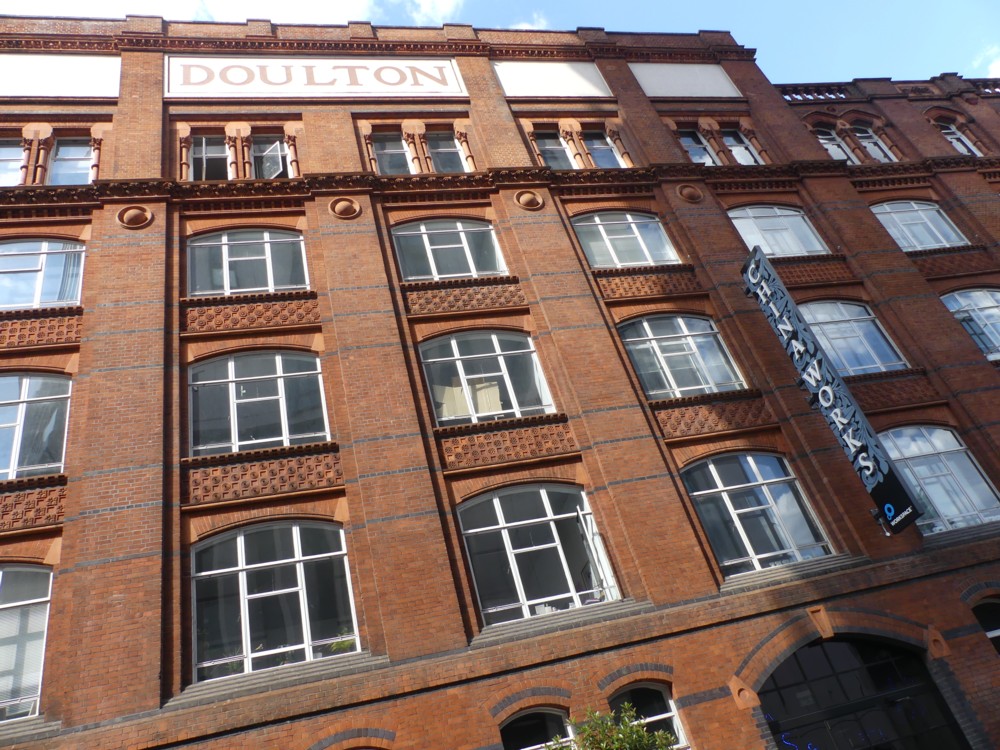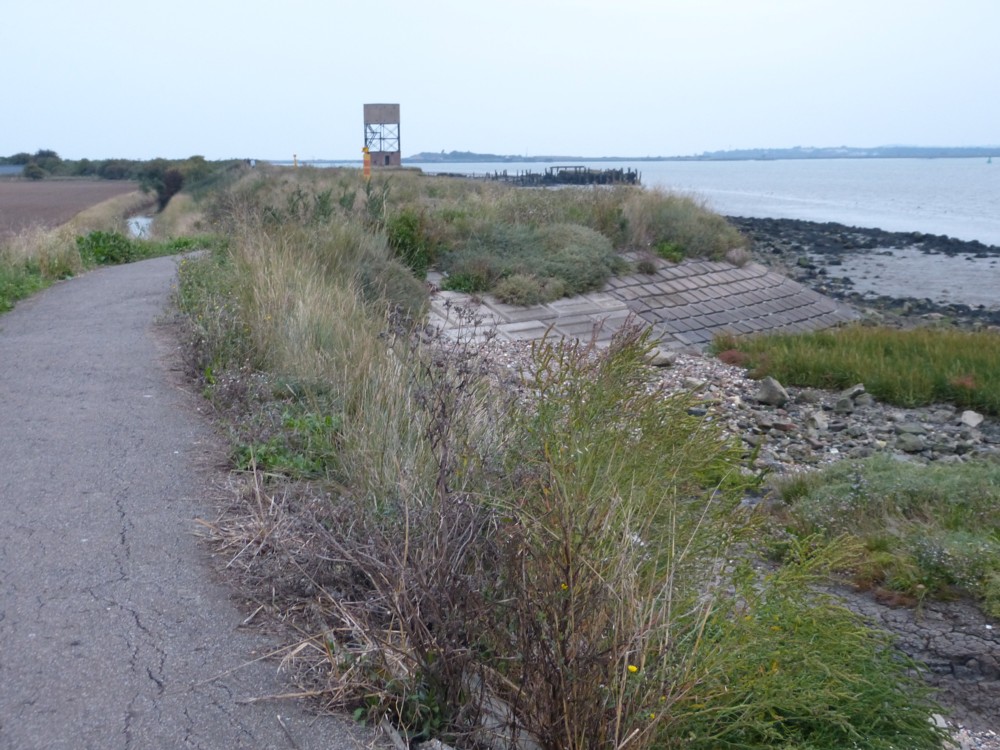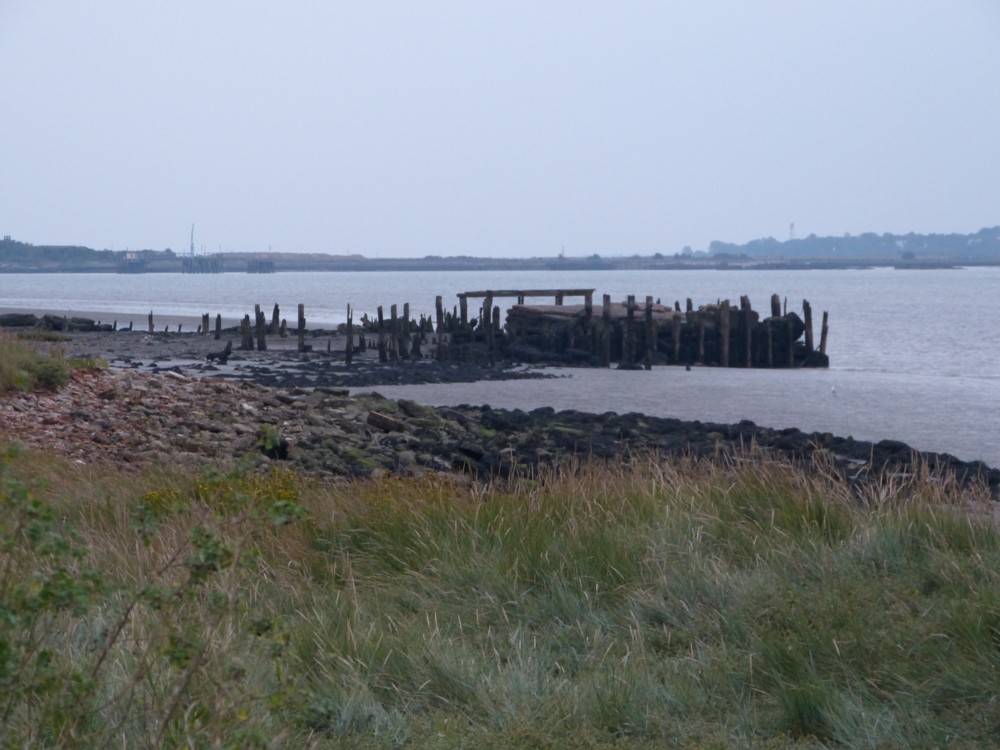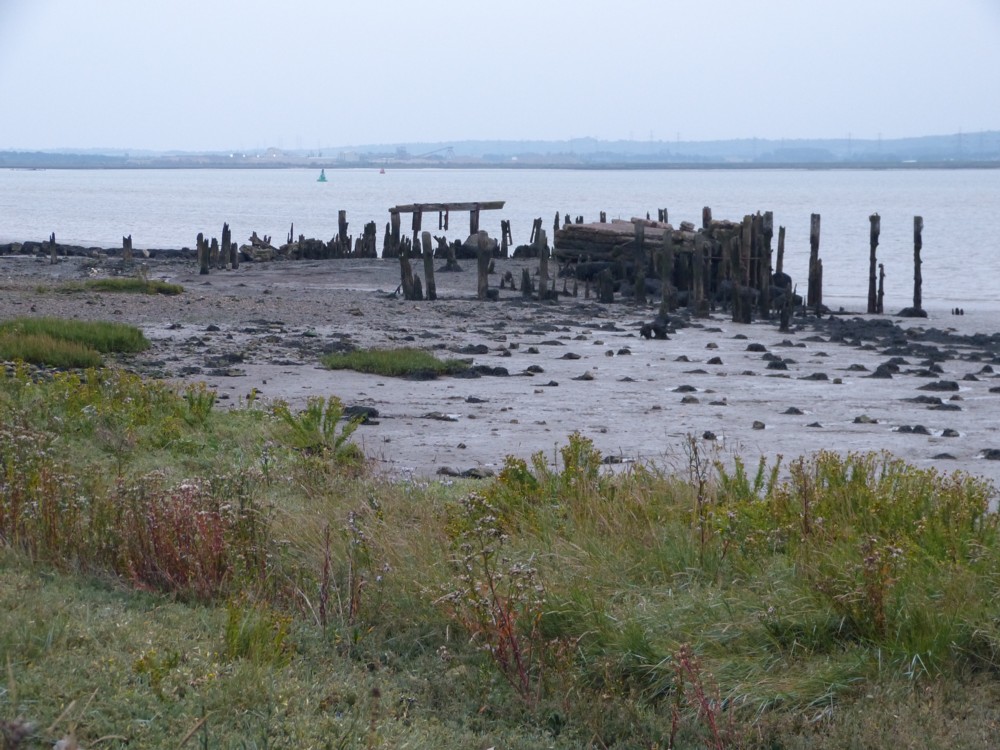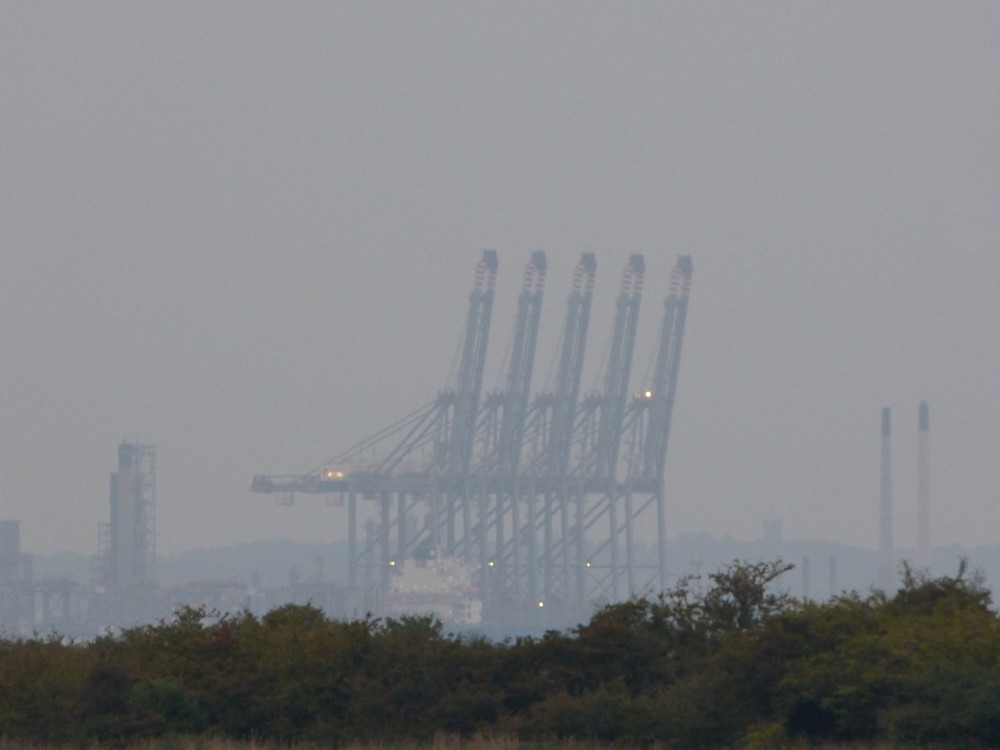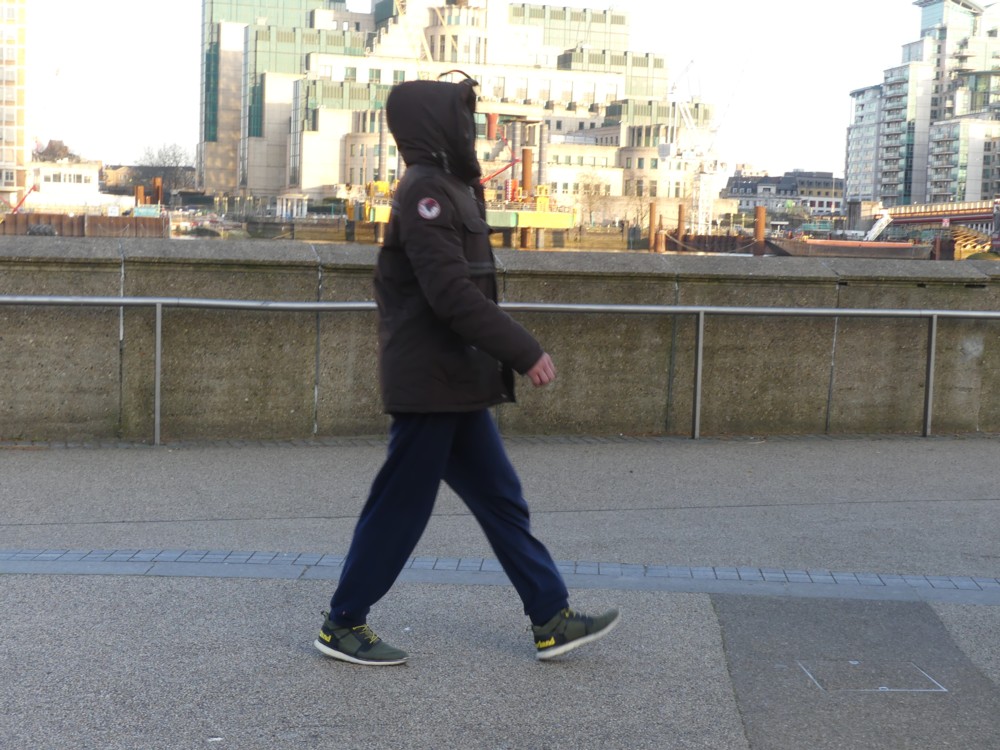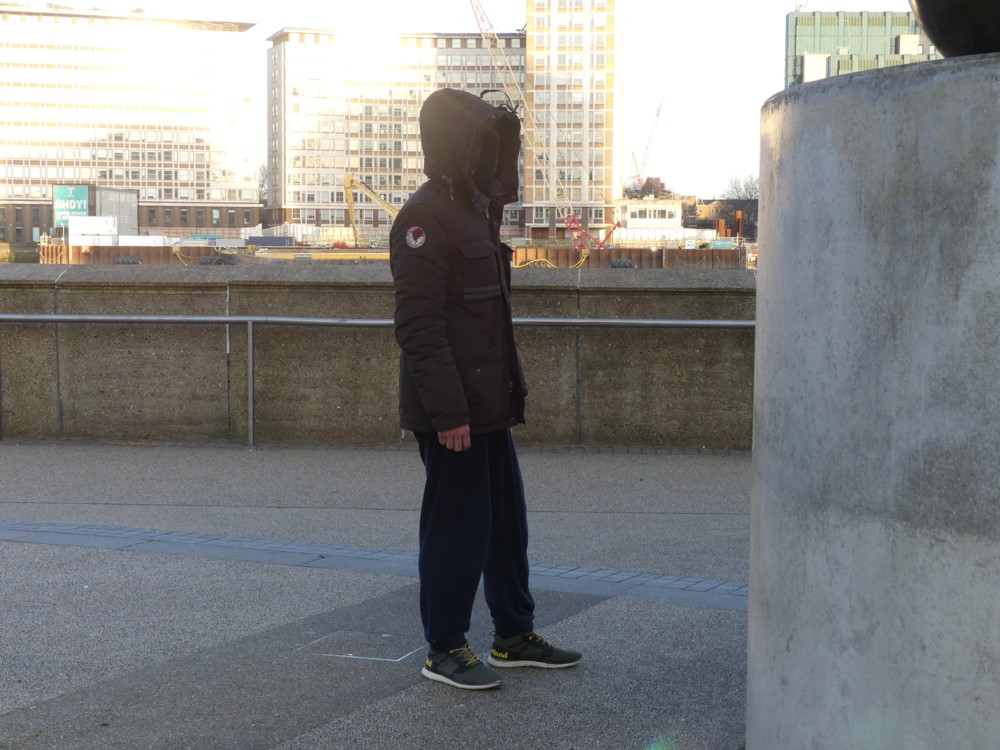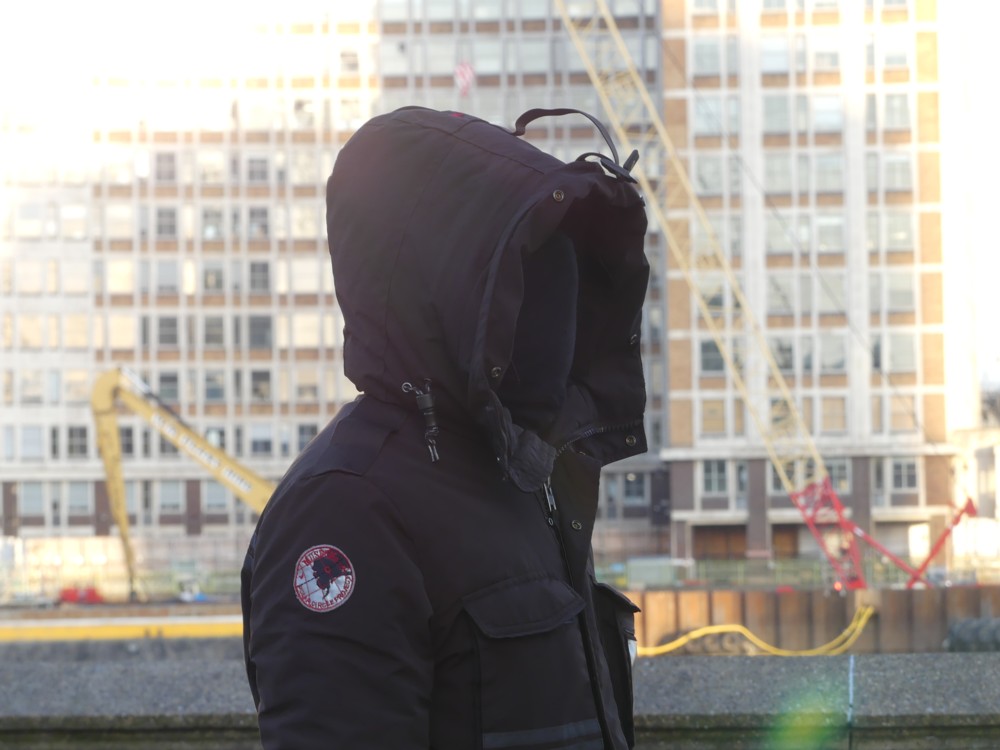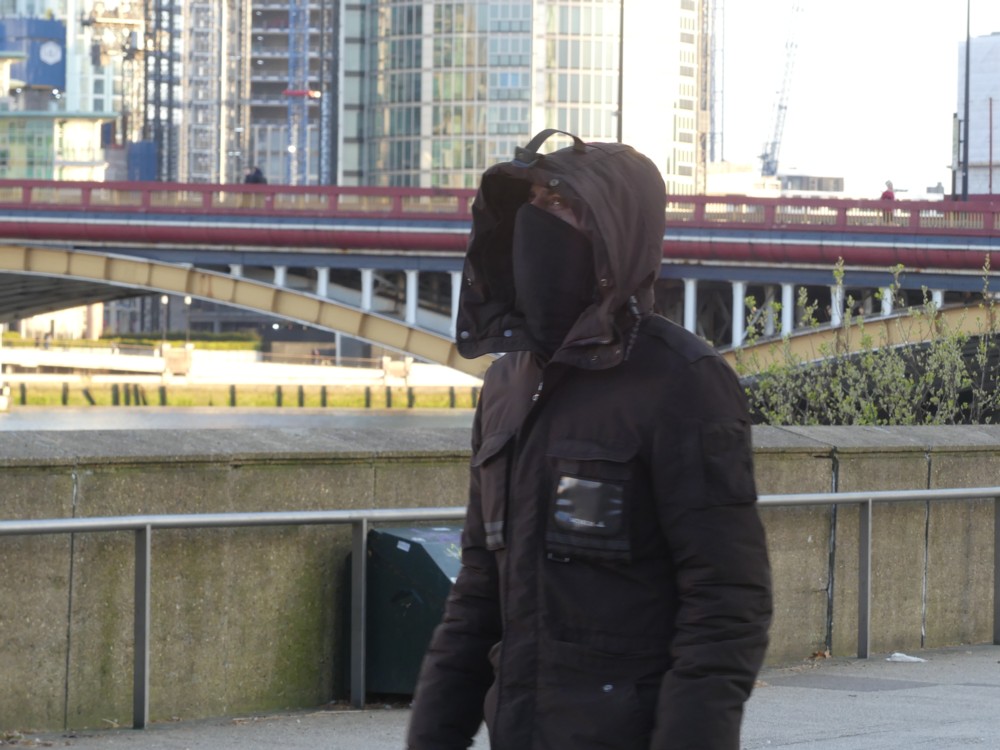Or so the recent dramas in Parliament Square would suggest, during which graffiti was attached to the statues of Churchill and Lincoln. Cue angry history lessons from Old People.
So here are a few more statue photos I photoed recently in Parliament Square, including the above two personages, but adding Gandhi and Millicent Fawcett, basically because I like the photos:
And while I’m on the subject of statues, I recently checked out the statues of Lord Dowding (of Battle of Britain fame) and Bomber Harris (of WW2 bombing offensive infamy) outside St Clement Danes, at the other end of the Strand from Trafalgar Square:
I knew that, when I got to this spot, I’d encounter Dowding and Harris. Ben Johnson and Gladstone were both surprises.
Memo to people intending to end up as statues in London: Join the RAF and wear a hat with a flat top sloping slightly backwards. That way, you won’t get pigeon shit on your face. Seriously, someone badly needs to invent an invisible pigeon scarer. Some kind of tiny electronic device that vibrates in a pigeon-scaring way, solar powered so it will go on working for ever.
The above link to my recent pigeon scaring posting being the only link in this posting, apart from the one at the top about the graffiti (so as people reading this in a year’s time will understand which current events I’m referring to), which is a bit lazy and a bit egocentric, but I’m in a hurry to get ready for something else. You surely have all the words you need to find out whatever you want to find out, e.g. if you are a Young Person wanting to find out if Churchill was anything else besides being a racist, or if Lincoln did or said anything about black slavery in America, besides being President at a time when there were still black slaves. (While you’re learning about that, try finding out what Gandhi said about Apartheid, when he was younger and living in South Africa.)

